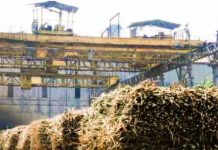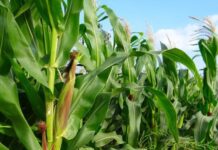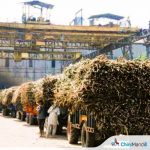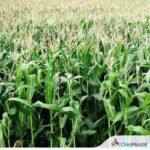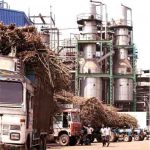Repeatedly, the Government has urged the sugar industry to explore the development of alternative by-products derived from sugarcane. According to a report, around 25 potential by-products could be extracted from sugarcane, presenting an opportunity for value addition within the industry. This diversification not only opens up additional revenue streams but also enhances the income of sugarcane farmers.
Sugarcane, being a versatile crop, offers numerous possibilities for development beyond sugar production, without generating waste. Let’s delve into these by-products and examine the potential value additions they could bring.
The three primary by-products—molasses, bagasse, and press-mud—serve as the foundation for various value-added products.
Bagasse can be utilised for electric power generation, pulp and paper manufacturing, biogas and bio-manure production, furfural extraction, particle board, hardboard, corrugated board manufacturing, mushroom cultivation, cattle feed, fibre production, and disposable crockery.
Molasses can be transformed into ethanol, oxalic acid, citric acid, acetate, yeast, and other acids. Press mud, on the other hand, can yield cane wax, bio manure, and CBG. Additionally, sugar mill and distillery effluents can be repurposed to produce biogas, potash, CO2, and electricity.
The Government encourages the sugar industry to explore and fully exploit these by-products to maximise value addition. The resulting products can be marketed to buyers, generating additional revenue for sugar mills.
NSI Kanpur is already making commendable strides in this direction, and collaboration opportunities exist for the wider sugar industry.
The environmentally friendly nature of these products aligns with the Government’s vision of a farmer-centric, double-income sugar industry, contributing positively to the nation.
For further inquiries or to contact Uppal Shah, Editor-in-Chief, please send an email to Uppal@chinimandi.com.







